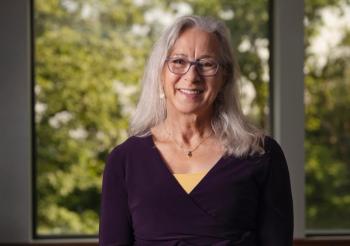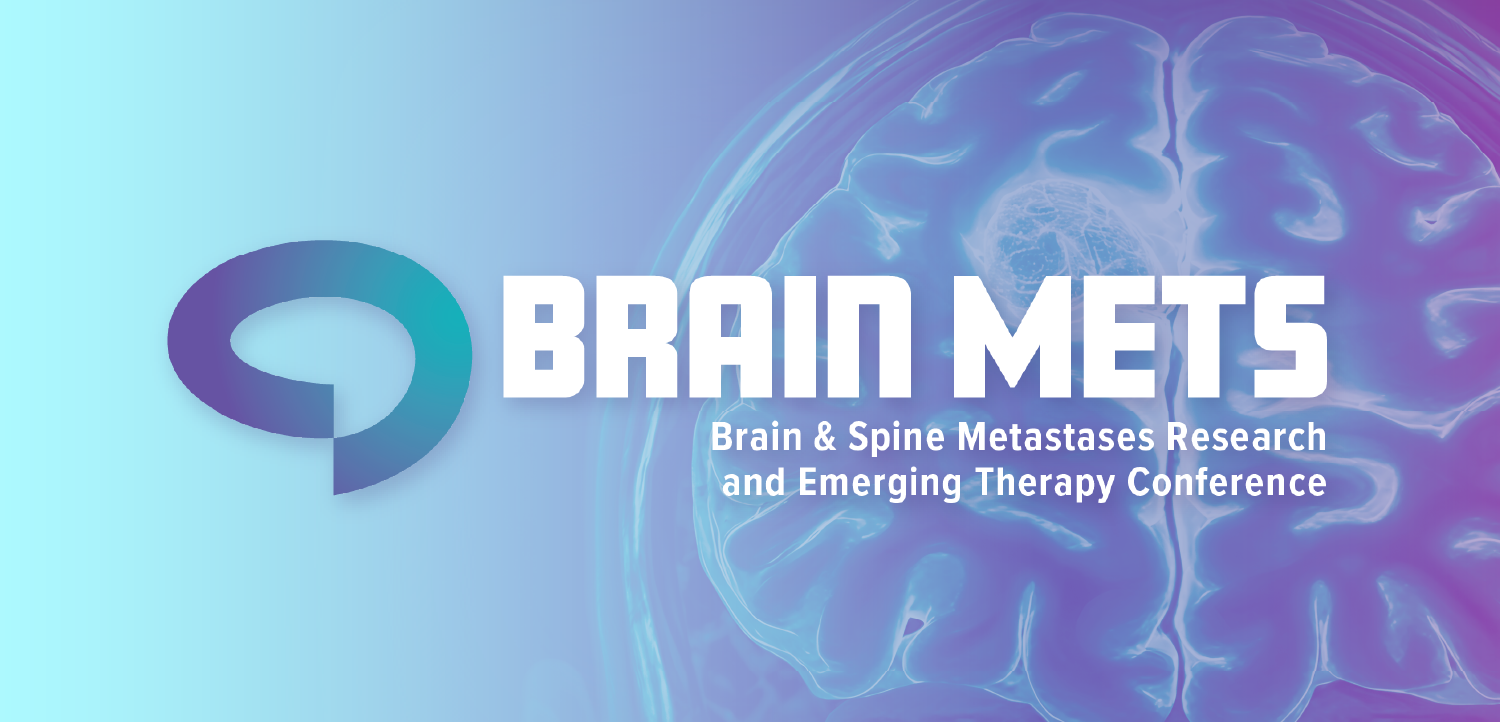
Qualtrics, Stanford Health Care team on AI agents for health industry
The partnership is designed to improve the patient experience and ease burdens on clinicians. They see AI as a tool to create more consistency and even more empathy.
Even as Alpa Vyas talks about developing new AI agents in health care, she keeps returning to the central theme of helping patients.
Vyas, the chief patient experience officer at Stanford Health Care, speaks very enthusiastically about the potential of AI tools. But her recurring theme is centered on helping patients get the care they need more easily.
“If you have a patient right that is missing three appointments out of six, there's clearly an issue here,” she says. “So how do we take those behavioral elements that we can see in our data for a particular patient and intervene sooner?”
Stanford Health Care is aiming to tackle challenges such as that in a partnership with Qualtrics, a firm that gives companies more insights on their customers. Stanford Health Care and Qualtrics have collaborated for years, but now they are expanding their partnership and are focusing on developing AI agents that can be used in the healthcare industry.
Qualtrics has been expanding its presence in health care. This week,
In working with Qualtrics to survey patients in recent years, Vyas says she was struck by the wealth of insights Stanford had gained. She also says she wanted to see if there were opportunities to get better insights to “frame the full picture of the patient.”
“I think there's an opportunity here to bring together three things: the power of Qualtrics platform, our internal kind of technical AI knowledge and spirit, and then third, I think, our unique perspective on how to advance experience management for patients,” Vyas says.
Adrienne Boissy, MD, chief medical officer at Qualtrics, says Stanford’s team provides “a model for what some of these relationships can look like.
“There's so much expertise they bring, whether it's design thinking, academic rigor, a vision for XM, or experience management,” Boissy says.
“All of those strengths on the Stanford Health Care side, and then on our side, this longstanding recognition across industries of how technology can be a driver of human experiences, that combined collective power, I feel like, is a one-plus-one-equals-80. And for that, I'm really excited,” she says.
(See more on the partnership in this video. The story continues below.)
Humans caring for humans
As Stanford Health Care looks to develop AI agents to improve the patient experience, Vyas says the goal is to design tools that can be used broadly.
"We're an academic medical center, and part of our mission is to not only try to innovate and create, to help our patient population, but to pay that forward, and to say, like, you know, we were able to tinker and figure something out, but now we can scale that right to the broader patient populations," she says.
Vyas cited the need to develop more automated capabilities and integrate them into workflows.
She says, “The first phase of work is really going to be thinking about, how do we use retrospective data that we have across multiple channels to really help deliver insights to our operational and clinical teams?”
Patients are providing feedback in surveys, phone calls, open comments, portal messages, and yes, complaints. Vyas says she is looking to bring that data together to get more clarity about opportunities to help patients.
“That gives us some good foundation to say, here's where we can really hone in on developing specific interventions that will allow us to enable a lot of the agentic components,” Vyas says.
From there, Stanford aims to use the data to validate the next stage, and eventually begin integrating predictive analytics into some workflows.
When asked what success will look like, Vyas says she envisions “humans spending more time with humans.”
Eventually, as processes are standardized, Vyas sees the introduction of AI agents and more automation.
She also hopes to demonstrate that if patients have great experiences, it will have an impact on their outcomes. And she hopes to relieve some of the stress and burdens on clinicians.
“We see a lot of stress on the healthcare workforce, especially since Covid and coming out of that,” she says. “How do we alleviate that burden? And like I said, humans taking care of humans is where I think we should be spending time. We are in that business. So I think there is a right place for technology, and I think some of these areas that we're going to focus in, will help enable that.”
Vyas says she's focused on reducing some of the hassles patients have in getting appointments and after they have been treated.
"In most health systems, the experience is pretty good once you get in and you interact right with the care team, etc, but it's the before and after parts of the process that create the most friction," she says.
Vyas highlighted another key ingredient of the partnership with Qualtrics.
“What I really appreciate about this collaboration is that it's not from the outside in, it’s from the inside out,” Vyas says. “I think, to be able to make an effective play at solving some of these big problems, you kind of have to partner with people who live and breathe it every day and can help, I think, design the right technologies that'll work in complex environments like health care.”
- Read more:
Providence is banking on AI and technology
Consistency and empathy
Boissy, a neurologist who has worked with the Cleveland Clinic for more than 20 years, talks about the importance of making the patient’s journey easier.
Part of that requires recognizing what patients are experiencing.
“Laying in a gurney when you do not have control over your choices or what's happening next necessarily, you are waiting long periods of time, and you have none of your clothes on, that puts you in a position of vulnerability that I think we forever need to be sensitive to,” she says.
Boissy says Qualtrics and Stanford are working to develop more reliability, consistency and caring to the patient experience.
She says AI can help achieve those goals.
“I really see AI creating much more consistency and reliability in empathy, in the tone of conversations, in the problems that we can solve as a patient-facing application,” Boissy says.
“And to me, that's really interesting, because it’s not just that we want to be competent at care, we want to deliver it in a way that feels loving and humane. And so AI will do that with a consistency and reliability that we don't have today, and creates very different experiences, and thus very different quality for people.”
Boissy also says that AI agents can be developed to help reduce some of the nagging headaches for patients, including getting to the right provider or the right bill.
“I think the best versions of AI will feel very caring to interact with, and will be contextual to your prior experiences,” Boissy says.
Boissy says she’s very optimistic about the collaboration with Stanford Health Care due to the value alignment between the two organizations.
“The patient needs come first,” Boissy says. “Often caregivers, always patients first. And to me, that's going to be a fundamental tenant of how we continue to innovate together.”
















































